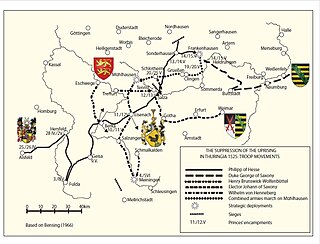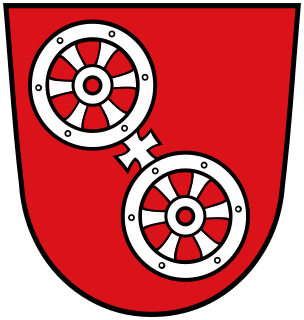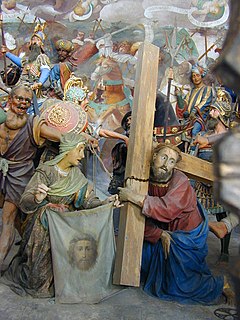
Postal codes in Germany, Postleitzahl (plural Postleitzahlen, abbreviated to PLZ; literally "postal routing number"), since 1 July 1993 have consisted of five digits. The first two digits indicate the wider area, the last three digits the postal district.
Contents
- 5-digit System since 1993
- Saxony
- 01000–01999
- 02000–02999
- 04000–04999
- 07000–07999
- 08000–08999
- 09000–09999
- Saxony-Anhalt
- 06000-06999
- 29400-29499
- 38000-38999
- Berlin
- 10115 – 14199
- Brandenburg
- 01000-01999
- 03000-03999
- 04000-04999
- 14000-14999
- 15000-15999
- 16000-16999
- 17000-17999
- 19000-19999
- Mecklenburg-Western Pomerania
- 17000-17999 2
- 18000-18999
- 19000-19999 2
- 23000-23999
- Hamburg
- 20000-20999
- 21000-21999
- 22000-22999
- 27000-27999
- Schleswig-Holstein
- 21000-21999 2
- 22000-22999 2
- 23000-23999 2
- 24000-24999
- 25000-25999
- Bremen (state)
- 27000-27999 2
- 28000-28999
- Lower Saxony
- 19000-19999 3
- 21000-21999 3
- 26000-26999
- 27000-27999 3
- 28000-28999 2
- 29000-29999
- 30000-30999
- 31000-31999
- 34000-34999
- 37000-37999
- 38000-38999 2
- 48000-48999
- 49000-49999
- Thuringia
- 04000-04999 2
- 06000-06999 2
- 07000-07999
- 36000-36999
- 37000-37999 2
- 96000-96999
- 98000-98999
- 99000-99999
- North Rhine-Westphalia
- 32000–32999
- 33000-33999
- 34000-34999 2
- 37000-37999 3
- 40000-40999
- 41000-41999
- 42000-42999
- 44000-44999
- 45000-45999
- 46000-46999
- 47000-47999
- 48000-48999 2
- 49000-49999 2
- 50000-50999
- 51000–51999
- 52000–52999
- 53000–53999
- 57000–57999
- 58000–58999
- 59000–59999
- Rhineland-Palatinate
- 53000–53999 2
- 54000–54999
- 55000–55999
- 56000–56999
- 57000–57999 2
- 65000–65999
- 66000–66999
- 67000–67999
- 76000–76999
- Hessen
- 34000-34999 3
- 35000-35999
- 36000-36999 2
- 37000-37999 4
- 55000-55999
- 60000-60999
- 61000-61999
- 63000-63999
- 64000-64999
- 65000-65999
- 68000-68999
- 69000-69999
- Saarland
- 66000–66999 2
- Baden-Württemberg
- 64000-64999 2
- 68000-68999 2
- 69000-69999 2
- 70000-70999
- 71000-71999
- 72000-72999
- 73000-73999
- 74000-74999
- 75000-75999
- 76000-76999
- 77000-77999
- 78000-78999
- 79000-79999
- 88000-88999
- 89000-89999
- 97000-97999
- Bavaria
- 63000-63999 2
- 80000-80999
- 81000-81999
- 82000-82999
- 83000-83999
- 84000-84999
- 85000-85999
- 86000-86999
- 87000-87999
- 88000-88999 2
- 89000-89999 2
- 90000-90999
- 91000-91999
- 92000-92999
- 93000-93999
- 94000-94999
- 95000-95999
- 96000-96999 2
- 97000-97999 2
- Old postal codes
- West
- East
- See also
- References
- External links
Before reunification both the Federal Republic of Germany (FRG) and the German Democratic Republic (GDR) used four-digit codes. Under a transitional arrangement following reunification, between 1989 and 1993 postal codes in the west were prefixed with 'W', e.g.: W-1000 [Berlin] 30 (postal districts in western cities were customary separate from the postal code, although "1030" would've been correct) and those in the east with 'O' (for Ost), e.g.: O-1xxx Berlin.
City councils and postal customers with high mail volumes (Großkunden) have their own postal codes, separate from those used for postal districts or PO Box number ranges.
Postal regions do not necessarily follow state boundaries, so sorting by state is not practicable.
The postal regions and some postal codes are:






